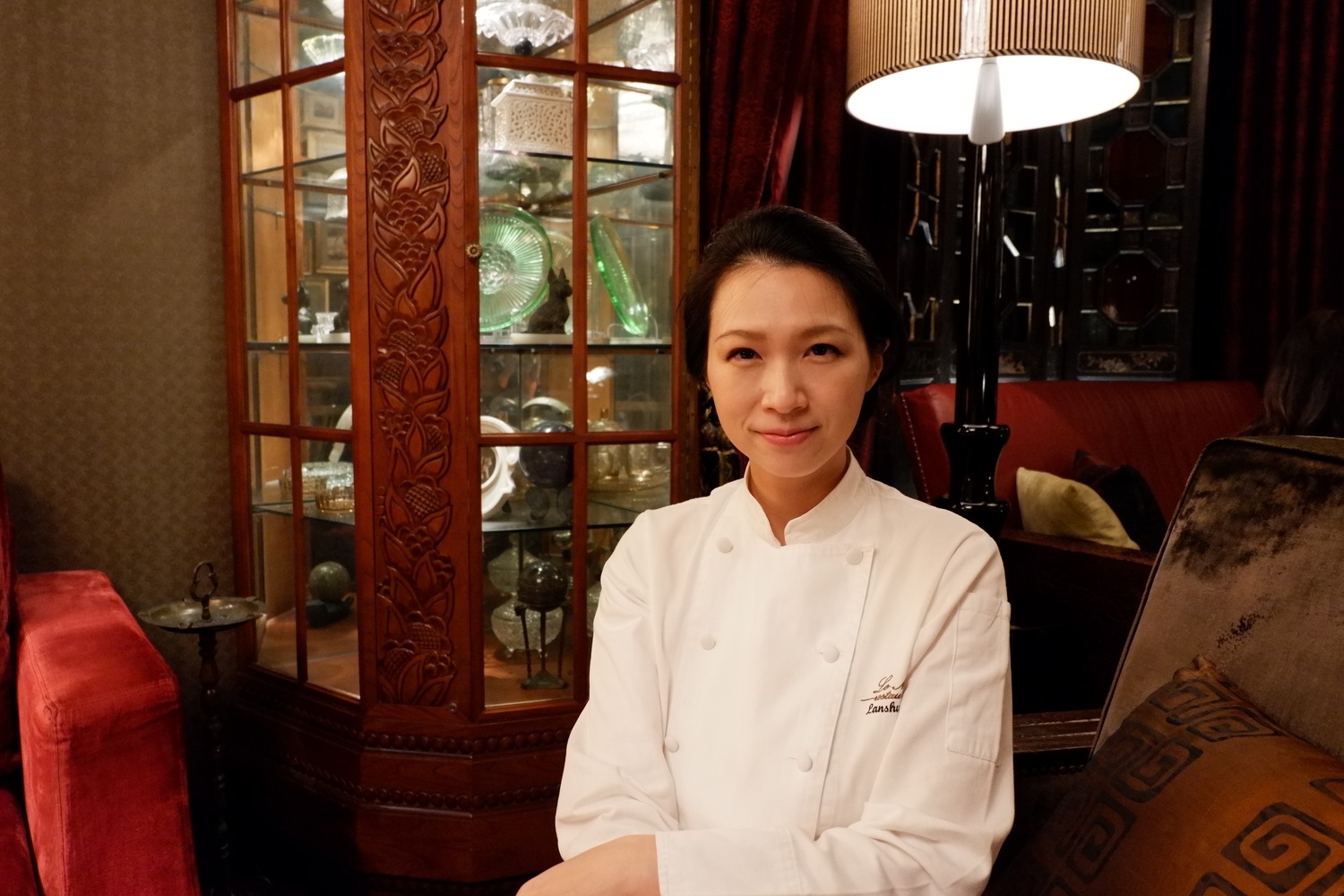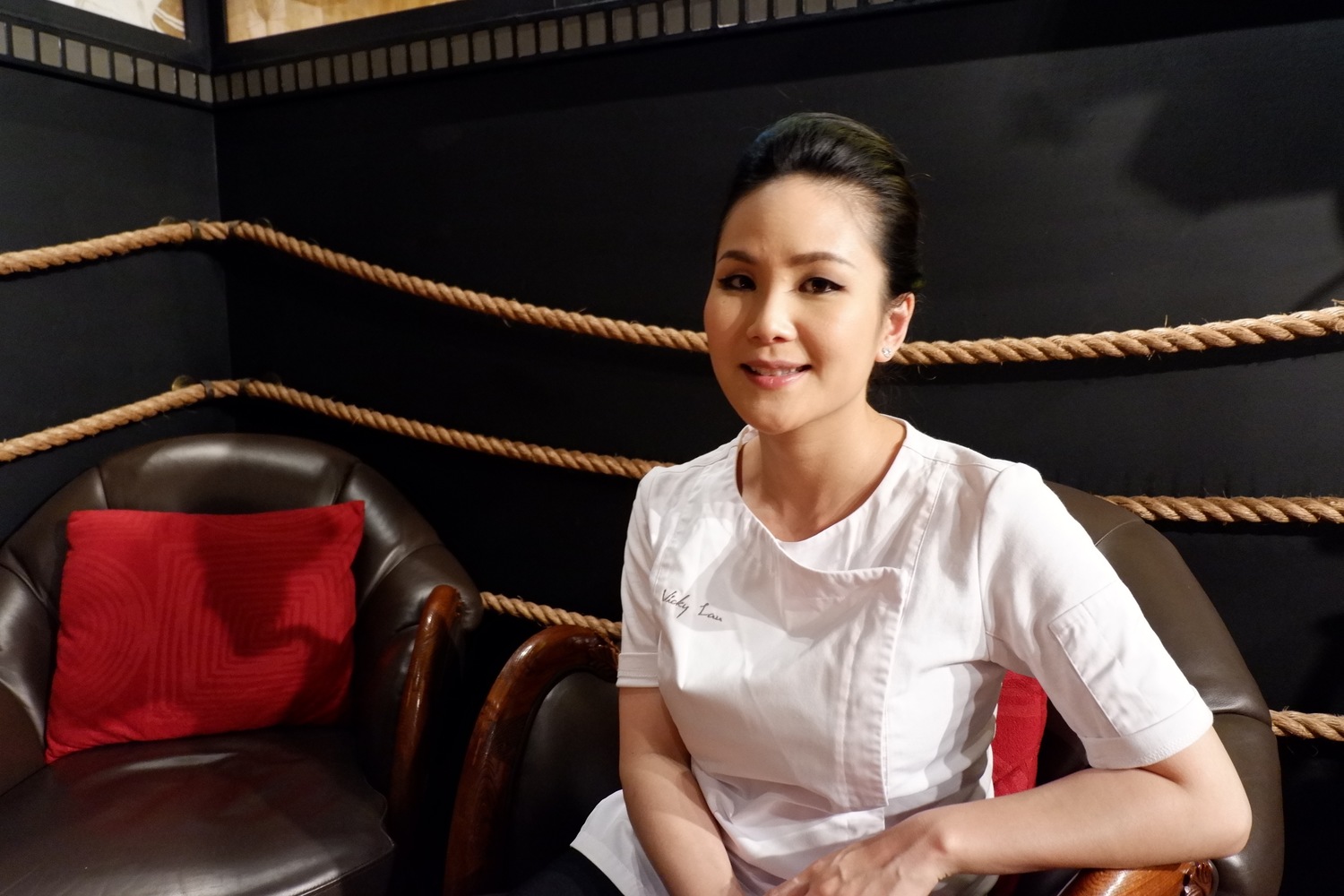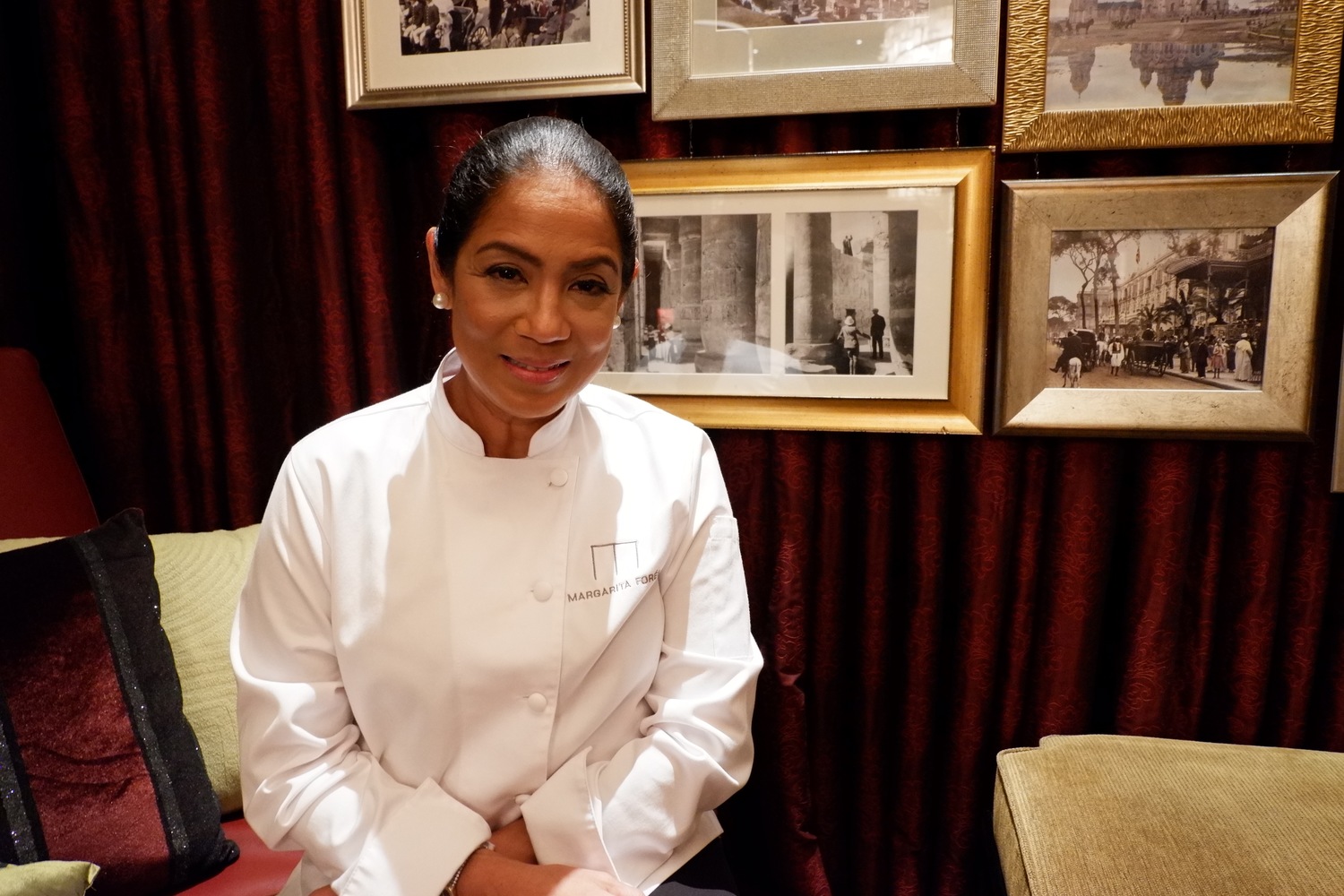Food is something enjoyed and experienced with all the senses. It is so intrinsic and so basic that the fact often gets overlooked. But when faced with a child who cannot consume a dish the way others can, what do you do?
“It’s really hard to answer. It’s a big question,” says Lanshu Chen of Le Moût, Taiwan. The chef is one of Asia’s Best Female Chefs, who along with three others, created the four-course menu at the UNICEF Children’s Ball on March 4. The ball aims to raise funds to build four National Centers for Children with Disabilities all over the country. “If the child has certain disabilities, maybe they cannot see, [for example], then you should prepare something with more textures, something fun to feel… Their senses are more sensitive than other people’s, so you must give them something extra to excite them.”

Different children have different issues and needs, agrees chef Vicky Lau of the Tate Dining Room + Bar in Hong Kong, adding that it would be difficult to create a one-size-fits-all dish. A careful consideration of the child’s needs is key in creating a meal that would not only be enjoyable for the child to eat, but also healthy. Here are some tips:
Keep a well-rounded diet
Aside from those with physical impairments, children with behavioral disorders are also part of those considered children with disabilities (CWD). Certain types of foods, while not identified as the direct causes of these disorders, are linked to these behavioral issues. Additives and artificial ingredients, for example, are shown to increase instances of hyperactivity and lowered concentration. As much as possible, stick to organic, natural, or whole foods.

Some items that must be on the CWD’s menu include iron-rich food like chicken, pork, and beef, as these can improve verbal and nonverbal learning and memory. Foods with omega-3 fatty acid are also good for brain development, especially oily fish like mackerel and salmon.
More options, please
Having a discriminating taste is even more manifest in some CWDs, such as those with autism. They may have negative reactions to certain textures, colors, or smells. Others may have difficulties in swallowing or chewing their food, or have conditions that affect their metabolism. In these cases, keep track of the child’s preferences, and create the meals around the items that they do like.

Appeal to the (other) senses
“Usually you eat with your eyes, not just with you palate,” says chef Margarita Forés. “But if a child can’t see, then what I’d serve him would be something that has a very potent aroma. [It has to be] something that smells comforting, at the same time a dish that has a lot of texture [and] some very distinct flavors.”

Bo Songvisava of Thailand’s Bo.lan adds that it is also important to make sure that food can also help encourage the child. “If the problem is with their hands, or if they have muscle disabilities, then I’d have to cook something that is easy for them to pick up, so they’ll be encouraged to eat by themselves,” she adds. “I feel freedom and independence [are things] disabled kids seek the most, so if they [can] do things by themselves, they’ll feel the achievement. They’ll feel proud.”














































